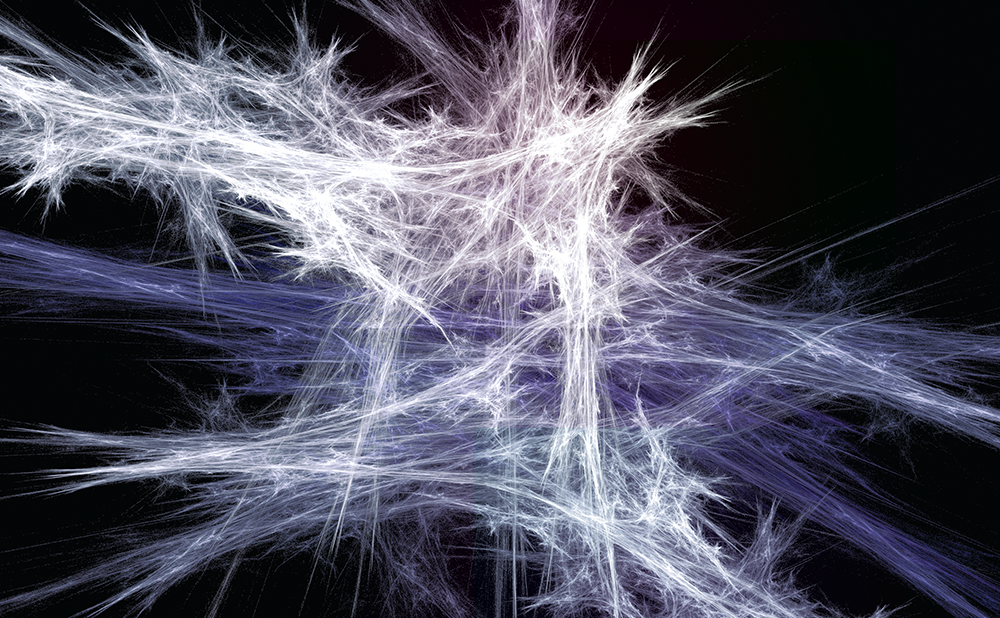Niemann-Pick disease type C (NPC) is a rare, autosomal recessive, neurodegenerative disorder occurring in all ethnic groups, with an estimated minimal incidence of 0.82 per 100,000 live births.1 This figure is likely to be an underestimation due to failure to recognise the clinical characteristics and initiate appropriate tests. NPC is a devastating disorder, characterised by a variety of progressive and disabling neurological/psychiatric symptoms and leading to premature death.2 In the terminal phase, patients are immobile and require tube feeding.3 The emotional and economic burden imposed by NPC on patients, families and society is disproportionate to the rarity of the disease.3
The wide clinical spectrum of NPC was not recognised until the early 1990s, particularly regarding rapidly fatal cases in infants, and no specific laboratory tests had been available making accurate diagnosis challenging. Delayed presentation of NPC in adolescents and adults has further added to the misdiagnosis of this disorder. Since awareness of the disease and diagnostic techniques have improved, what was once considered to be a childhood condition is now increasingly recognised as an illness affecting individuals of all ages.
The biochemistry behind NPC was elucidated in 1984 following studies on cholesterol metabolism.4 It is a cellular lipid trafficking disorder characterised by lysosomal accumulation of low-density lipoprotein (LDL)-derived, unesterified cholesterol.1 Genetic studies found that mutations in two genes, NPC1 (reported in 90–95 % of patients) and NPC2 (~5 % of patients), play a role in the disrupted transport of unesterified cholesterol, sphingolipids and glycosphingolipids. When there is mutation within one of these genes, accumulation of cholesterol in late endosomes and lysosomes within the spleen, liver and brain occurs.3,5,6
NPC is a heterogeneous condition with an age at onset ranging from the perinatal period to as late as 50 years of age or older; juvenile onset (ages 6–15 years) is the most common.1 The age of onset has a major impact on the severity and the course of the disease although progression is linear and independent of this variable (see Figure 1).2,7 The different ages of disease onset can be used to define the disorder: the generally accepted categories are pre/perinatal, early-infantile, late-infantile, juvenile, and adolescent/adult.3 Apart from a subset of patients that die at birth, most patients follow a progressive and ultimately fatal neurological disease course. The lifespan of affected individuals can vary from days to years with many dying between 10 and 25 years of age.1
To view the full article in PDF or eBook formats, please click on the icons above.











